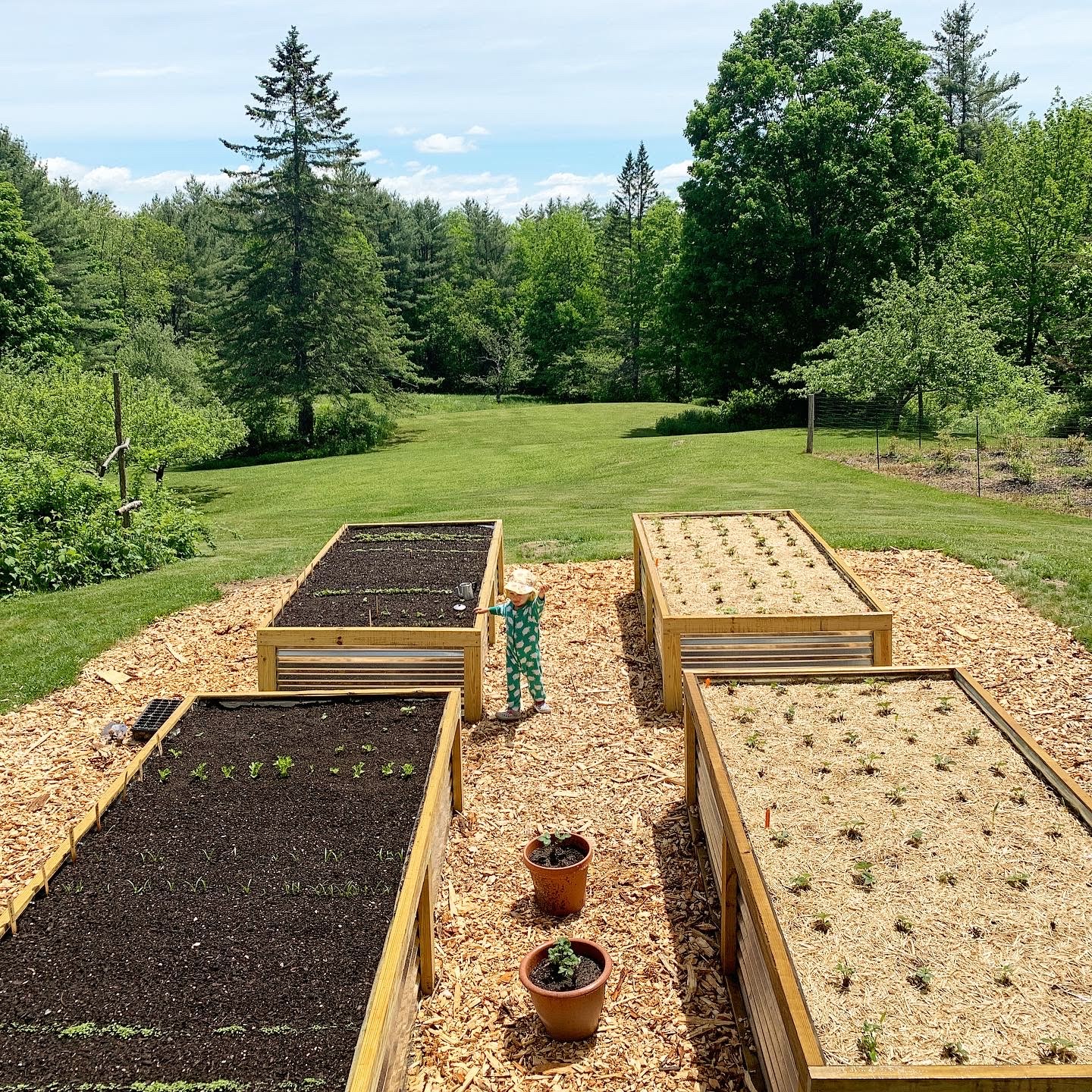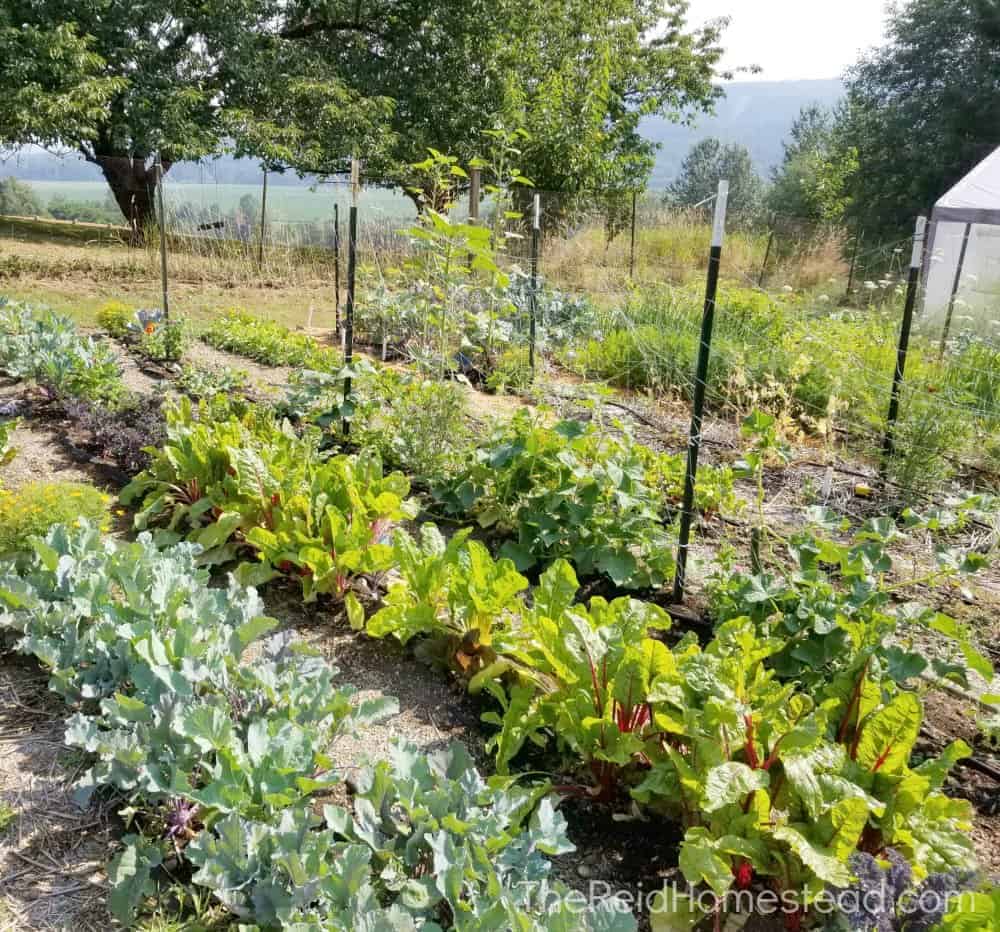Reveal the Tricks to Producing a Beautiful and Productive Horticulture Room
Developing a efficient and stunning horticulture area is not simply a matter of planting vegetables and blossoms; it needs a tactical approach that incorporates different critical components. From choosing the right area based on sunshine and dirt kind to attentively making your format and choosing ideal plants, each choice plays an essential duty in the success of your garden.
Choosing the Right Location
Picking the optimal place for your garden is critical to its success and general visual appeal. The primary step in this process includes examining sunlight direct exposure, as many plants need a minimum of six hours of direct sunlight daily (Homestead Gardening). A south-facing yard generally obtains the most light, while shaded locations can impede development and blooming
In addition, consider dirt top quality and drain. Well-draining soil is important to stop water logged roots, which can result in plant diseases. Conducting a soil test can provide important information relating to pH degrees and nutrient material, enabling you to change the dirt accordingly.
Moreover, closeness to water sources is an additional factor to weigh - Homestead Gardening. Having easy access to a hose pipe or watering system can simplify the watering process and urge constant plant treatment. Wind security is likewise important; placing your yard near structures, such as fences or wall surfaces, can shield it from rough winds that might harm delicate plants
Lastly, consider accessibility for upkeep and harvesting. A well-placed yard enables for practical gain access to, making sure that you can conveniently often tend to your plants without triggering unnecessary stress and anxiety or disruption. Thoughtful place option lays the foundation for a thriving yard.
Picking Plants Carefully
When picking plants for your garden, it's vital to take into consideration variables such as climate, soil conditions, and personal choices to make certain a efficient and unified area. An extensive understanding of your regional environment will certainly lead you in picking plants that flourish in your certain setting. For example, choosing drought-resistant selections is helpful in dry regions, while moisture-loving types may be better for areas with high rains.
Dirt problems are similarly important; carrying out a dirt test can reveal pH degrees and nutrition web content, permitting you to choose plants that will grow. Native plants are usually a superb choice, as they are usually well-adapted to regional dirt kinds and require less maintenance.
Additionally, consider your horticulture goals. Are you going for an ornamental display, a vegetable yard, or probably a combination of both? This will influence your choices considerably. Show on your personal preferences-- choosing plants that resonate with your aesthetic preferences will improve your pleasure and commitment to preserving your yard. By very carefully evaluating these elements, you can create a diverse and successful plant option that boosts your gardening experience.
Designing Your Garden Format
With a thoughtfully picked plant selection in hand, the next action is to produce a garden format that maximizes both appeal and performance. Begin by assessing the available space, considering elements such as color, wind, and sunshine patterns. A tactical layout should incorporate different zones, consisting of locations for planting, pathways, and possibly seating.
Beginning with larger plants or focal points, such as trees or the original source tall perennials, put purposefully to produce aesthetic passion. Layer smaller plants in front to boost deepness and appearance. Think about the development routines of your picked plants; taller selections need to be positioned at the back or center of beds, while shorter ones can line the sides.
Incorporating pathways not only assists in gain access to for maintenance but additionally welcomes expedition. Use materials that enhance the yard's total aesthetic, whether timber, stone, or crushed rock chips.
Furthermore, consider seasonal changes and how your layout will certainly look throughout the year. Integrating evergreens alongside seasonal flowers can guarantee year-round charm. Ultimately, a properly designed yard format balances the all-natural appeal of plants with practical considerations, causing an area that is both welcoming and efficient.
Enhancing Soil Health

To boost dirt health and wellness, begin by carrying out a soil test to analyze pH degrees, nutrient content, and dirt structure. Incorporate organic matter such as compost, well-rotted manure, or leaf mold to enhance dirt structure, water retention, and microbial task.
Mulching is one more reliable technique; it not only preserves dampness but additionally reduces weeds and progressively enriches the dirt as it breaks down. Avoiding too much husbandry is vital, as it can disrupt soil structure and harm advantageous microorganisms. Rather, embrace no-till or marginal tillage techniques to keep dirt integrity.

Maintaining Your Garden Efficiently
A well-kept yard provides pride and performance, needing constant attention to make certain that plants thrive and the landscape continues to be inviting. Reliable garden upkeep involves several crucial methods that boost the health of your plants and the overall aesthetic of your area.
Routine watering is crucial; nevertheless, it is essential to customize your watering schedule based upon the particular needs of your plants and regional environment conditions. Mulching can aid retain dampness, suppress weeds, and control soil temperature. Additionally, timely weeding protects against competition for resources and nutrients, guaranteeing that your plants thrive.
Pruning is an additional necessary job. It urges healthy growth, eliminates dead or diseased branches, and shapes plants to preserve an appealing structure. In addition, keeping track of for bugs and diseases is important; early discovery and intervention can conserve your plants from substantial damage.
Fertilization needs to be executed attentively, making use of organic alternatives whenever feasible to advertise lasting dirt health. Ultimately, seasonal jobs such as planting, dividing perennials, and preparing for winter months will certainly ensure your garden stays lively year-round. By following these techniques vigilantly, you can cultivate a garden that is both beautiful and efficient.
Conclusion
Choosing a suitable area with adequate sunlight, picking ideal plants, making an aesthetically pleasing a knockout post design, boosting soil health, and making certain routine upkeep are crucial components. By incorporating these techniques, one can cultivate a thriving garden that not only boosts the landscape yet additionally advertises eco-friendly balance and sustainability.
From selecting the right place based on sunlight and soil kind to thoughtfully making click here now your format and selecting suitable plants, each choice plays a critical function in the success of your yard. Well-draining soil is essential to prevent waterlogged roots, which can lead to plant illness.When picking plants for your yard, it's vital to think about factors such as climate, dirt problems, and personal choices to guarantee a harmonious and effective area. Ultimately, a properly designed yard format integrates the natural appeal of plants with practical factors to consider, resulting in an area that is both inviting and productive.
